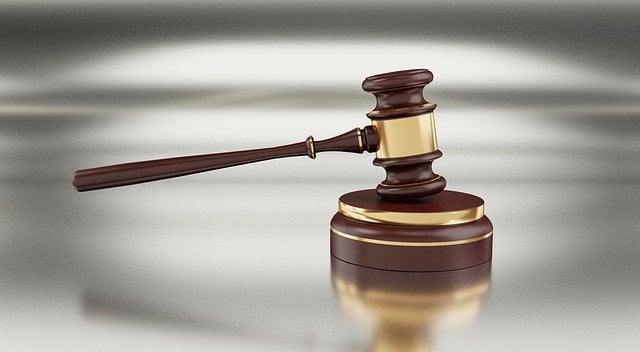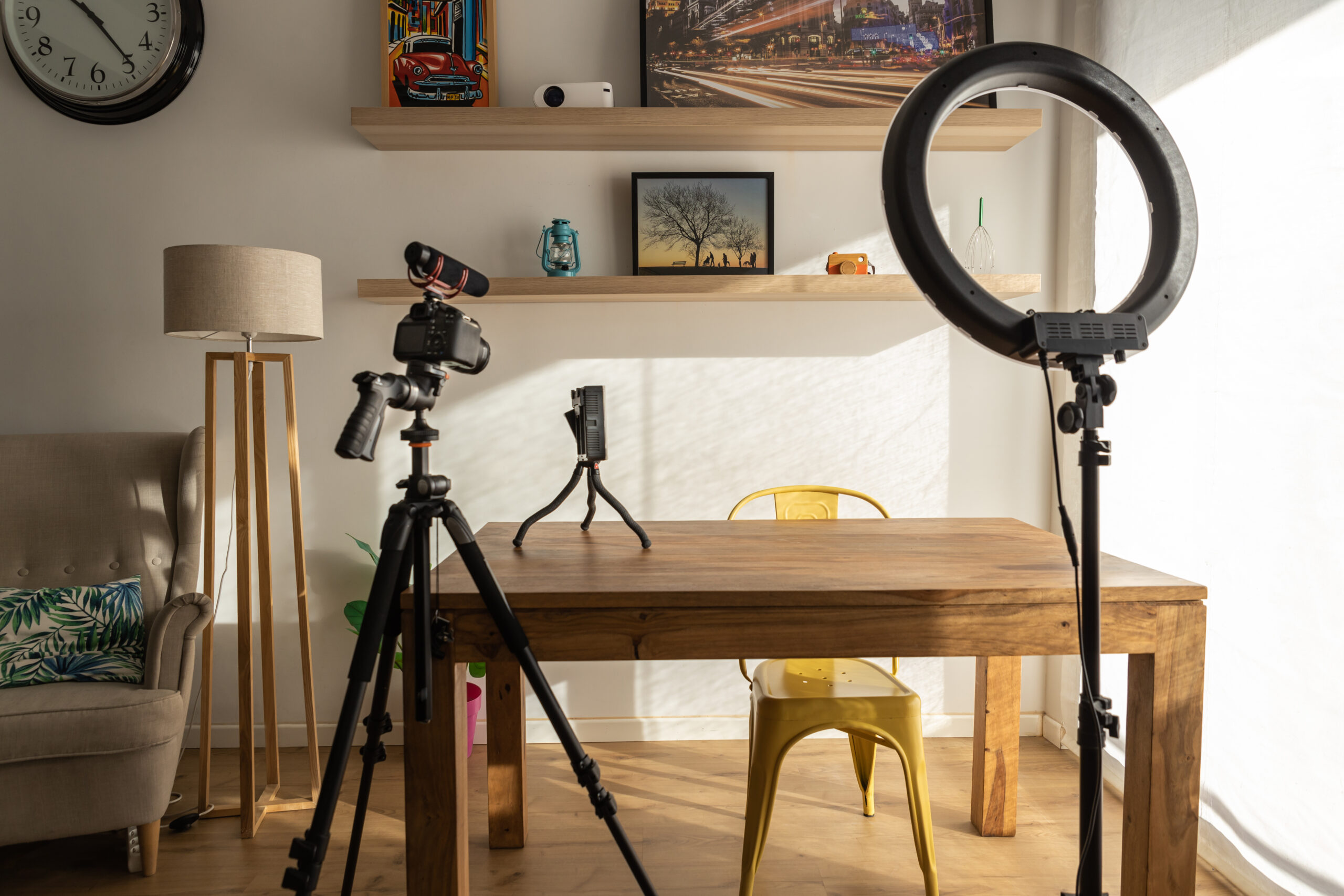To print this article, all you need is to be registered or login on Mondaq.com.
It goes without saying that claim construction is an important
issue, but the PTAB’s recent decision in Netflix, Inc.
v. DIVX, LLC, IPR2020-00558, Paper 66 (PTAB Feb. 22,
2024), shows not only that reasonable
minds can differ about the proper construction of patent claims,
but also that different interpretations can result in conflicting
patentability determinations.
The Netflix IPR was filed in 2020. The challenged
patent claimed a playback device for playing protected content from
several alternative streams. On August 26, 2020, the PTAB
instituted review and issued a Final Written Decision, determining
that Petitioner had failed to prove the claims unpatentable. The
PTAB addressed one of Petitioner’s main arguments, but did not
decide two other issues raised by Patent Owner—(1) the proper
construction of limitation [1] of claim 1 (“locating
encryption information that identifies encrypted portions of frames
of video within the requested portions of the selected stream of
protected video”) and (2) whether the combination of prior art
would have rendered obvious video frames in alternative streams
that are encrypted using a set of common keys. On appeal, the
Federal Circuit rejected the PTAB’s analysis, vacated the
decision, and remanded the case for further proceedings.
On remand, the PTAB took up the task of construing limitation
[1] of claim 1. The issue was debated at length. The majority
adopted a restrictive reading of the claim limitation that required
“locating encryption information within the requested
portions of the selected steam of protected video.” Slip op.
at 24. In reaching this conclusion, the majority relied on its
reading of the language of the claim, finding it
“reasonable” that the second and third clauses would
both modify the first clause. Slip op at 13. The majority
inserted commas in the claim language to aid its interpretation:
“locating encryption information, that
identifies encrypted portions of frames of video,
within the requested portion of the selected stream of protect
video.” Id. (emphasis added). In addition, the
majority found no support in the specification for the placement of
encryption information outside of the requested portions of the
selected stream of protected video. Slip op. at 24. And it found
persuasive the testimony that an ordinarily skilled artisan would
understand the invention in accordance with the majority’s
construction. The majority also resorted to consulting extrinsic
grammar and style manuals to analyze how the position of words in a
sentence establishes their relationship with each other. Slip op.
at 23.
The dissent disagreed, arguing that the majority’s use of
commas and finding that its construction “seems more
likely” was insufficient to impose a restrictive construction
when an alternative, broader construction was also supported by the
intrinsic record. Dissent at 4. Both the dissent and majority
seemed to accept that the claim limitation was amenable to multiple
interpretations. Dissent at 2. The dissent noted he was not
surprised that Patent Owner would argue for a narrow construction,
noting “[i]t is perhaps axiomatic that patent owners seek to
read a claim broadly for purposes of infringement and narrowly for
purposes of validity or patentability.” Id. Thus,
while the dissent agreed that the encryption portions of the frames
of video could be found within the selected stream of
protected video, he would not require it to be so. Dissent at
9.
Applying their respective constructions, the majority and
dissent reached the opposite conclusion on the question whether the
asserted prior art rendered the patent obvious. The majority
concluded that Petitioner had not established that the claims were
unpatentable as obvious; the dissent determined that the claims
would have been obvious in light of the prior art.
The content of this article is intended to provide a general
guide to the subject matter. Specialist advice should be sought
about your specific circumstances.
POPULAR ARTICLES ON: Intellectual Property from United States
#Claim #Construction #Dispositive #Patentability #Determination #PTAB #Litigation #Blog #Patent











